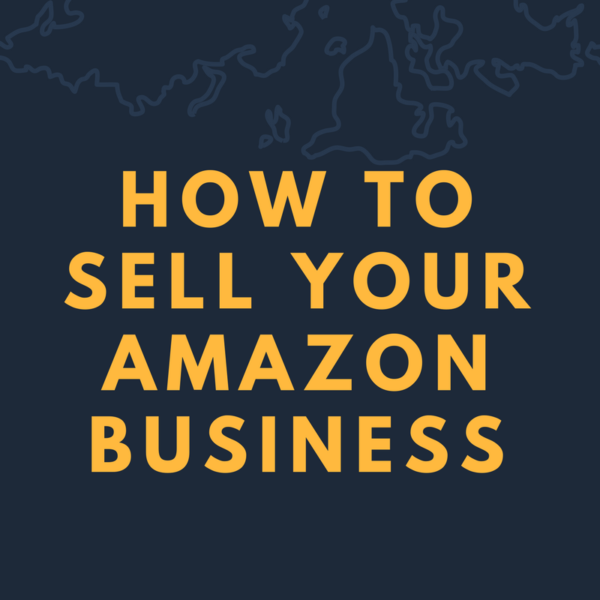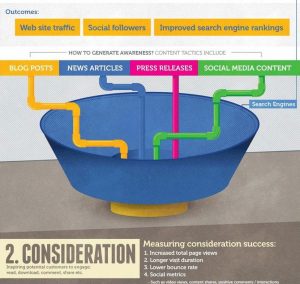— August 18, 2017
E-Commerce sales are on the rise in 2017, according to the national retail federation e-commerce retail sales will grow by 8-12% in 2017. Driving a big part of this growth is Amazon and the fulfillment by Amazon (FBA) program. Amazon sellers are thriving with Amazon reporting a 70% increase in sellers using the FBA program in 2016.
Getting a business off the ground is hard work. It takes time, imagination and a great deal of sweat equity to build up something that makes you proud. When that business is humming along nicely, selling it can be smart. You’ll pull down the profits for all the hard work you did, and you’ll free up some time so you can work on the next big thing.
But you’ll want to make sure that you’re getting the right value for your business. And you don’t want the for-sale sign up for too long, or your sale might come with the subtle whiff of desperation.
There are a number of online marketplaces that specialize in selling Amazon businesses.
Here are four steps I’ve found most helpful when I’m trying to complete the sale of an internet business–and I want to protect my investment.

Step one: Figure out what your business is really worth.
Chances are, you have a ready answer when people ask you how much your business is worth. But is your answer verifiable by a third party?
The business loan market has been tightening since 2010, meaning that banks are requiring more and more paperwork before they’ll loosen purse strings. If you’re hoping to sell for a huge price, you’ll need to provide your buyer with the paperwork that justifies that price. Otherwise, it’s unlikely your buyer will get the needed loan.
Even if your buyer plans to use cash for the purchase, having a complete valuation is still a smart move. You’ll be able to justify your price and defend against lowballers when you have the paperwork in hand.
When selling an Amazon store there are a number of things that can affect your value. You should know your numbers and have information available on the following;
1) How many products are Amazon Best Sellers, and in what categories?
2) Does the business sell its own brand of products, others or a mix of both?
3) Does the business have multiple SKU’s and diversified revenue streams?
4) What is the company’s top and bottom line revenue growth rate?
5) How long has the company been active on the Amazon platform?
8) Does the company sell any products via FBA / Prime?
9) Does the company have other sales channels outside of Amazon?
Step two: Brush off your business plan and marketing kit.
So you can justify the value of your company right now. How can your buyer ensure continued success–and therefore a higher purchase price? Showing off a business plan and robust marketing materials can help.
Think of these tools as a way for your buyer to envision the future. By following the business plan you’ve already created and the marketing materials you’ve already developed, your buyer can simply take over from you and see the same level of success. It’s a tactic that’s sure to appease buyers worried about past performance and future profits. They can always improve on your old plans. But they have a roadmap to follow in the interim.
Step three: Reach out to people you know.
Do you have employees, vendors or customers who are interested in buying your business? You could turn to a stock solution, in which you’re selling your business to a group of interested parties. Or, you could simply tap one individual who might have the means (or the credit) to purchase the company outright.
A word of warning here: You might be tempted to give a price break to someone you know. After all, you might reason, these people know and love your company as much as you do. Selling to them might feel protective, as though you’re keeping your company in good hands.
Remember that you’re making a business decision here, and do your best to keep sentimentality out of the equation. The people you choose should have the assets needed to do the job right. If not, move on.
Step four: Connect with a trusted broker.
There are many steps involved in selling a business–even if you have a buyer already picked out. You have contracts to get through, agreements to set up and details to work out. Meanwhile, you need to keep your business up and running leading up to the sale.
A broker can be a huge ally during this process. Your broker can help to move the sale from concept to completion. And if the sale falls through, a broker will be able to lead you to a new buyer who will meet your needs a little better. If you’re even thinking about selling, now’s the time to connect with a broker you trust.
Selling a business isn’t about selling at the highest price, it’s about selling to the right buyer, for the right terms for the best price possible.
Worth the effort
Selling a business isn’t nearly as hard as building up a new company. But there is a little work involved, especially if you want to make money. By following these four steps, you’ll be well placed to complete the sale. Good luck!
Business & Finance Articles on Business 2 Community
(46)
Report Post





